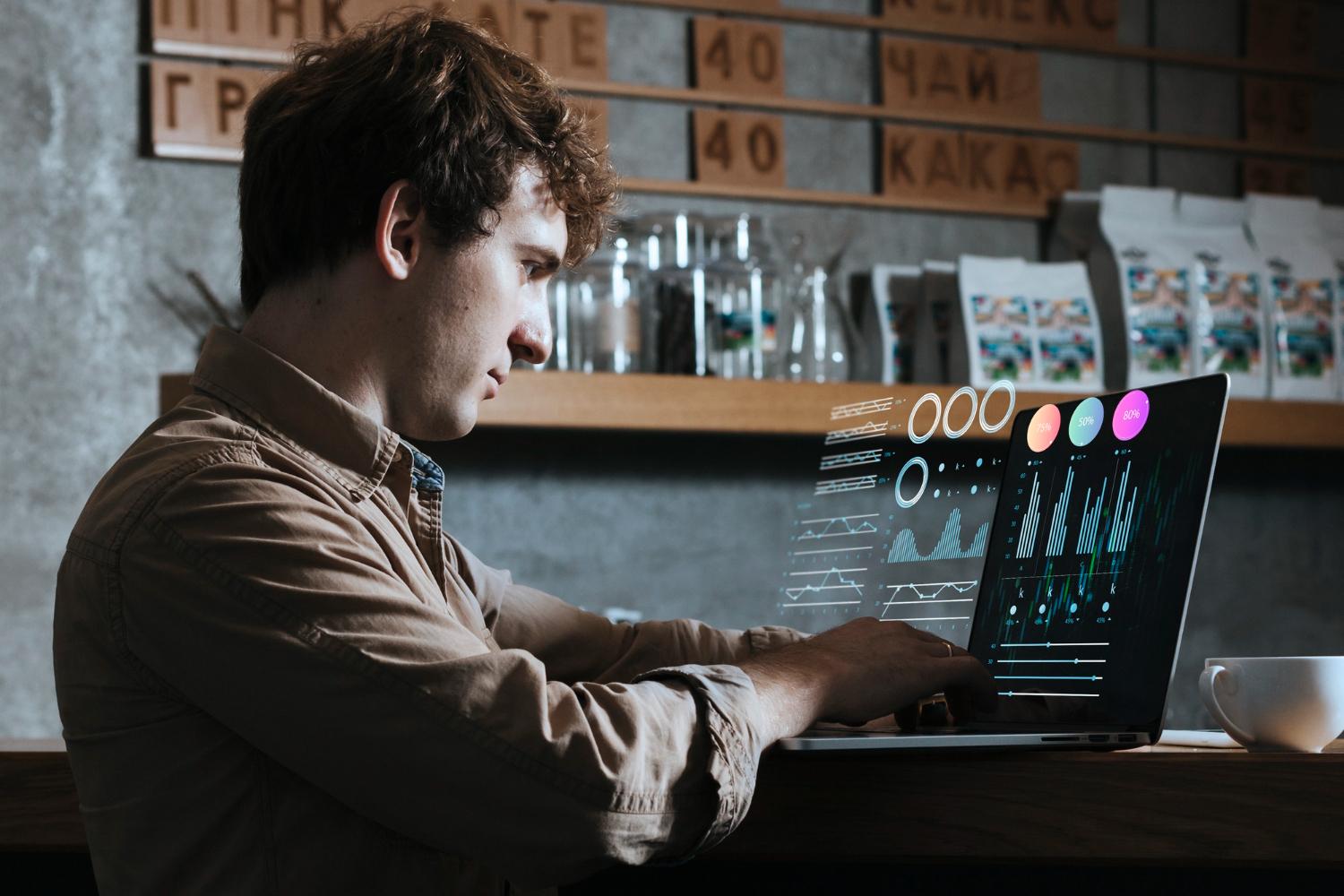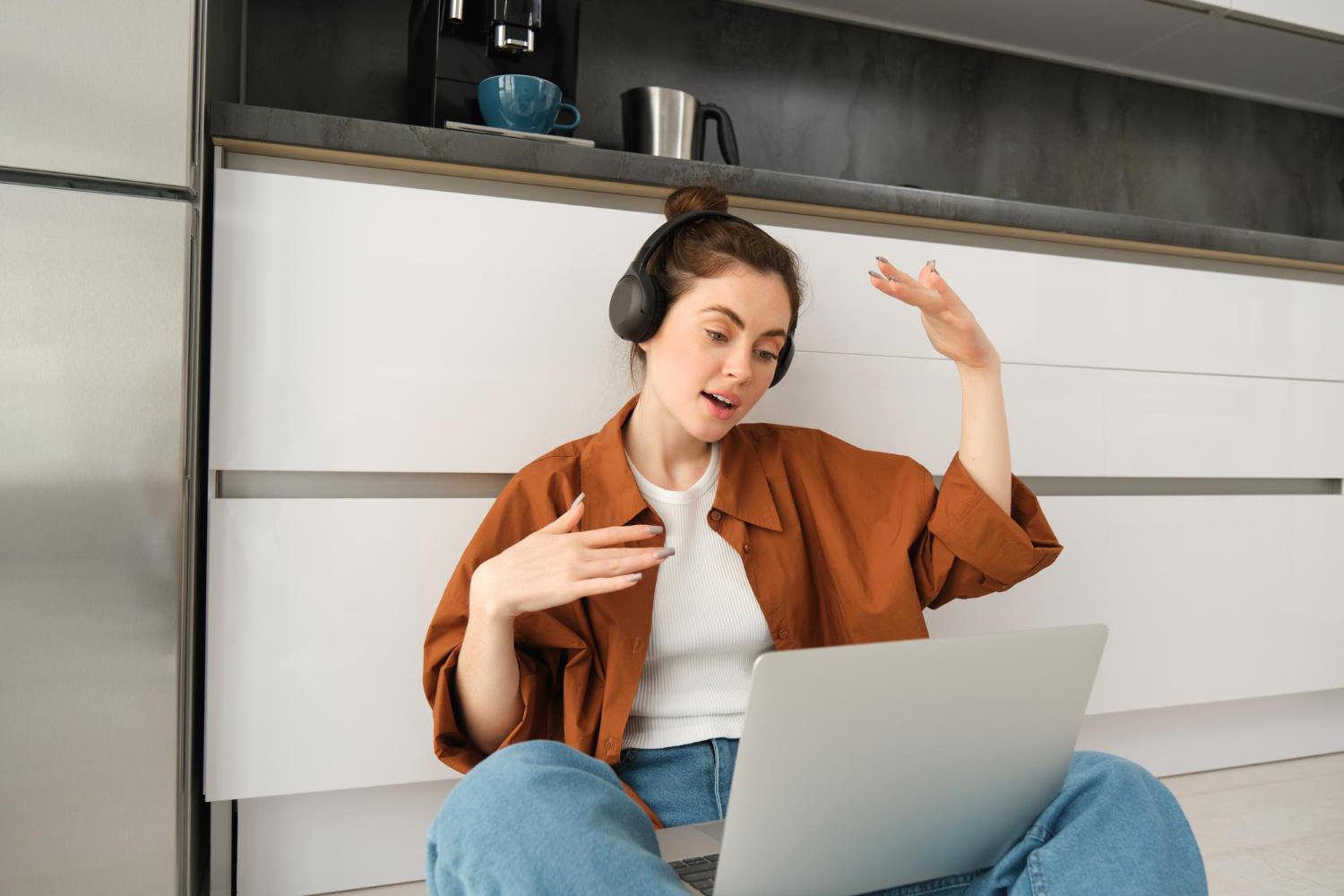Maximizing Conversions: How Web Design Influences User Behavior

In a world where attention spans are shorter than ever, your website must grab attention and inspire action. Web design isn’t just about aesthetics—it’s about creating a user experience that helps visitors buy, subscribe, or download.
The percentage of website visitors who take a desired action is your conversion rate. Effective web design boosts online business numbers, which are their lifeblood.
Web Design: Decoding User Behavior

Have you ever wondered why good web design leads to more conversions? It’s all about psychology! Web design psychology goes beyond aesthetics, focusing on how users interact with your site.
Here’s the key:
- UX refers to the seamless flow of services, while UI encompasses visual presentation, decor, and menu layout, ensuring a satisfying experience.
- Web designers use cognitive psychology, the study of how we think, to create intuitive websites. They strategically design elements to guide users toward your goals, almost like whispering instructions in their minds.
- Digital first impressions are instant. Strong visuals, clear layouts, and easy-to-find information create a good first impression that keeps users engaged and converting. Portent found that 0-4 seconds of load time maximizes conversion rates.
Website Magic: How Visuals Cast a Spell on Users

We’ve discussed web design psychology, but how do users see it? Your website’s colors, fonts, images, and videos tell your brand story. Let’s see how each element subtly affects user behavior:
- Color theory explains how colors like blue for trust and red for urgency affect our emotions and behavior. It helps websites communicate with visitors.
- Clear, easy-to-read fonts and text layouts are critical to user engagement in web design. Users who cannot read content are unlikely to convert.
- Your website must have high-quality images and videos to attract attention. This promotes trust and professionalism while also showcasing products or services.
Keeping Users on Course: Layout, Navigation, and Design
We’ve explored the power of visual elements, but a website is more than just a pretty face. It needs to be functional and user-friendly too. Here’s where layout, navigation, and responsive design come into play:
The Power of a Simple Layout
A simple, intuitive layout with visual hierarchy and lots of white space improves user experience. Users should instantly know where to find information and what to do.
Getting Users Where They Need to Go
Guide users to their desired destinations. User-friendly navigation ensures a smooth website experience. It can promote your website’s innovation and increase conversions.
The Responsive Design Revolution
In today’s mobile-first world, responsive design is essential for websites to adapt to various screen sizes. Over half of the web traffic comes from mobile devices, which is crucial for reaching and converting visitors.
The Art of Engagement
The ability of a website to adjust to any screen size, including desktop, tablet, and smartphone, is essential in today’s mobile-first world. A responsive design is crucial for reaching and converting visitors. CTAs and content combine to make magic.
Content is King
Your website content should be engaging, valuable, and engaging. It should encompass videos, product descriptions, and informative blog posts to build trust and authority in your field. Self-paced online college courses are a flexible and convenient way to learn. With many subjects, you can customize your education to your interests and goals. Online courses can boost job prospects in today’s competitive market.
Conversion Catalyst
A well-written website lacks a clear call to action (CTA) component. Such as buttons or links that prompt users to make purchases, subscribe to newsletters, or download resources. These CTAs should be clear, concise, and strategically placed, allowing users to convert easily.
Importance of Credibility
Web design psychology affects user behavior, but we’ve overlooked trust. In the digital age of scams and unethical websites, visitor trust is essential. Fortunately, web design boosts credibility.
Social Proof in Action
The concept of social proof, such as testimonials, positive customer reviews, and security company trust badges, can significantly enhance a website’s trustworthiness. It is similar to the comfort users feel when they see a wall of rave reviews.
Transparency and Security
Nobody likes personal data security concerns. Clear privacy policies and secure payment options show users you value their security. Imagine posting a huge, flashing neon sign that says, “Your information is safe here!”
Brand Consistency
Consistency in brand voice and visual style across your website and marketing materials builds trust and familiarity. Many users prefer a brand-aligned website.
Keeping Users Happy: The Need for Speed

We’ve discussed design, content, and trust, but speed can make or break your website. In today’s fast-paced world, slow websites just don’t fit into our schedules. Here’s the importance of website speed:
The Need for Fast Loading Times
Studies show users abandon websites that take over 3 seconds to load. A potential customer might leave your store due to a slow door! One study found that B2B websites that load in under 5 seconds convert five times faster than those that take ten.
Your Website on a Race Track
Web designers optimize speed in several ways, including selecting a hosting plan, writing clean code, and optimizing image sizes. Some of these may seem complicated, but many website-building platforms offer simple speed-up tools.
A Happy User is a Converting User
Prioritizing website speed improves user experience and conversion rates. A fast-loading website with unique features keeps users engaged, speeds up information retrieval, and increases action.
The Final Click: Web Design – Your Secret Weapon for Conversions
We’ve explored web design psychology’s fascinating world. Remember that web design is about creating a user experience that helps visitors achieve your goals, not just aesthetics. Visual elements, clear navigation, and engaging content can create a website that converts well.
Web design is an ongoing process. The best websites test new features and adjust their strategy based on user data. To see what works for your audience, try different design elements and CTAs and track your website’s performance. Put on your web design thinking cap, be creative, and watch your conversion rates soar!
